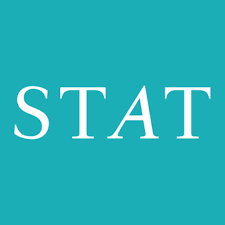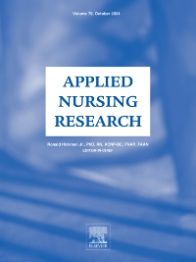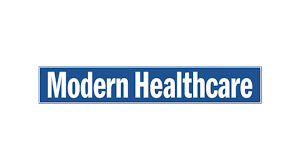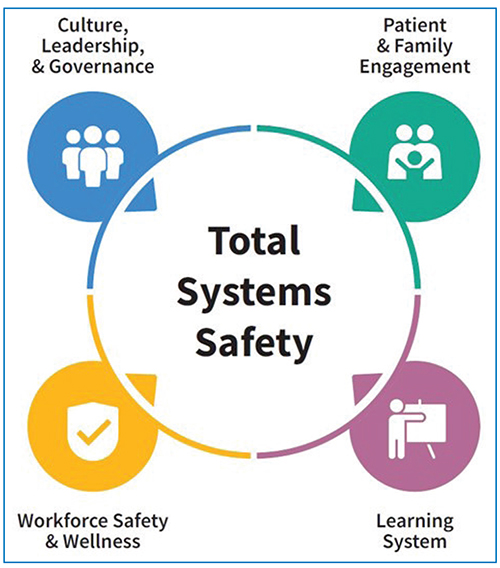Commentary: Technology no substitute for cadaver-based medical education

Editor's Note Although cadaver-based education is far from perfect, medical schools should reconsider eliminating these programs for surgeons and other professionals, first-year medical student Nadir Al Saidi argues in a March 31 commentary in Stat. “The weight of an actual body beneath your inexperienced hands is as real a preparation…
E-learning builds surgical tech talent pool for small, rural hospitals

CEO Karen Franco, MBA, spent years struggling to fill surgical technologist (ST) positions at Pacific Surgery Center in Poulsbo, Washington, due to a lack of viable training options. Nearly 1,400 miles away, Deb Braly, RN, a nurse educator in the surgery department of San Luis Valley Regional Medical Center in…
Medical school diversity declines after Supreme Court ruling

Editor's Note The Supreme Court’s 2023 decision limiting race in college admissions has triggered an overzealous response from many medical schools, leading to a sharp decline in enrollment for underrepresented groups, according to an article published January 23 in STAT. As detailed in the article, Legal advisors have pushed schools…
Surgical legislation advocacy focuses on safety, access

“Surgeons are the only people trained to provide surgery—life-saving care," says Carrie Zlatos, chief of legislative and political affairs at the American College of Surgeons (ACS). "They are an essential element of a community-based healthcare system. Regardless of where you live, everyone should have access to full quality surgical care.”…
Educational program enhances perioperative nurses' knowledge on pressure injury prevention

Editor's Note A study led by researchers at Yeshiva University showed an educational intervention program significantly improved perioperative nurses’ understanding of pressure-injury prevention, with the benefits lasting for at least six months following the training. Results were published August 23 in Applied Nursing Research. Conducted among 354 nurses from 11…
Study: High-paying medical specialty disparity persists as more women pursue surgical professions

Editor's Note Although women are underrepresented in high-compensation medical specialties, new research shows a significant increase in female applicants and matriculants to surgical specialties specifically. Published September 30 in JAMA Network, the study found that the proportion of women entering high-compensation surgical specialties rose from 28.8% to 42.4%. In contrast,…
Physicians group condemns use of live animals for surgical training

Editor's Note An August 6 report in MedPage Today details how the Physicians Committee for Responsible Medicine (PCRM) is pushing to end the practice of using live animals for physiology training. According to the article, some surgical residencies use live animals (usually pigs) as practice patients. In contrast, only 3%…
Study: Healthcare workers more susceptible to debt than those in other industries

Editor's Note Extensive training and lower wages lead healthcare workers to accrue more debt than those in other industries, according to a recent analysis published in JAMA Health Forum. Findings were based on 2018-2021 data from U.S. Census Bureau’s Survey of Income and Program Participation. According to an August 5…
‘Best Medical School’ methodology updated for release of latest annual rankings

Editor's Note US News & World Report released its "Best Medical Schools" rankings with significant changes after a 2-year delay, MedPage Today reported July 23. Medical schools are now grouped into tiers instead of ordinal rankings for both research and primary care. This change follows several top schools, led by…
Unveiling ECRI’s 2024 Top 10 Patient Safety Concerns list

From integrating new technology to navigating shifts in care delivery and mitigating burnout, the most pressing challenges for healthcare organizations tend to be multifaceted problems that demand multifaceted solutions. For evidence of that, look no further than the Top 10 Patient Safety Concerns 2024 list from ECRI. For every risk…

 Free Daily News
Free Daily News